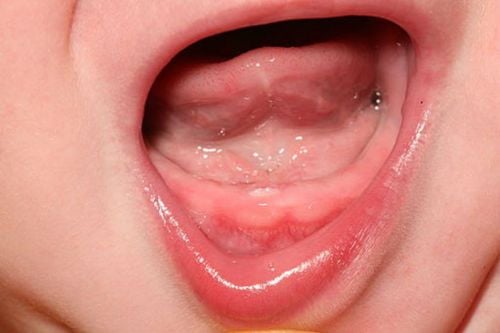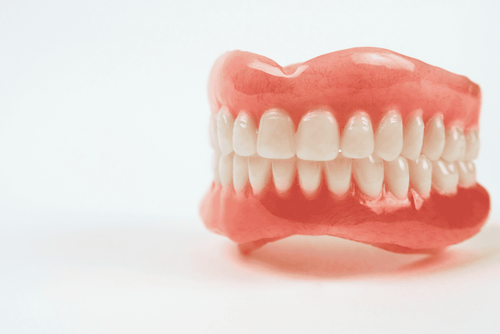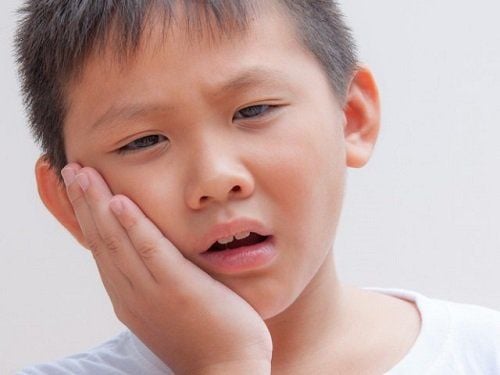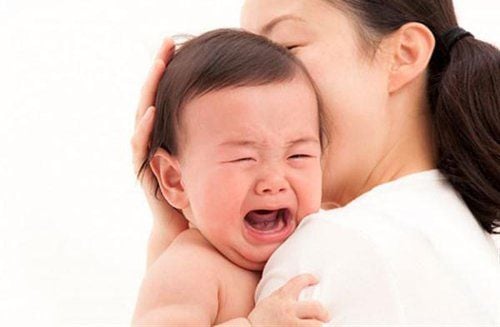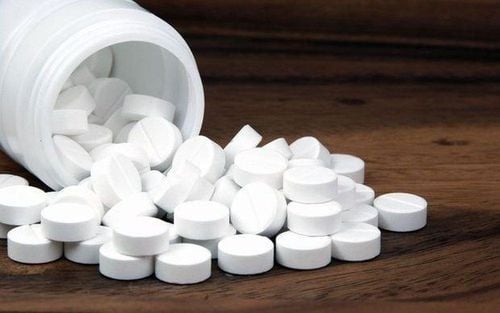This is an automatically translated article.
The article was professionally consulted by Specialist Doctor II Nguyen Khanh Nam - Doctor of Dental - Jaw - Facial - Department of General Surgery - Vinmec Nha Trang International General HospitalThe chewing ability of teeth is assessed by the chewing coefficient, the chewing coefficient is calculated by adding the coefficients of the teeth that are still present on the jaw. Therefore, the direct impact on the chewing ability of the jaw is the loss of teeth.
1. What is the chewing coefficient?
The coefficient of chewing, or the chewing strength of the teeth, is used to evaluate the oral health of a person, people calculate the tooth coefficient by dividing the coefficient for each tooth on the jaw and then calculating the total chewing coefficient of the teeth. normal people, then based on the loss of each person's teeth to calculate the specific tooth ratio of that person.
For adults to easily distinguish the way to read teeth, the arch is divided into 4 equal parts, numbered in clockwise order from 1 to 4. The boundary is limited to the horizontal axis. coincident with the middle part of the upper and lower jaws, the vertical axis runs between the upper and lower incisors.
The coefficient of incisors is calculated as follows:
The upper middle incisors correspond to teeth number 11 and 21 coefficients of 2, while the lower middle incisors correspond to teeth 31 and 41 coefficients of 1. The coefficients of the upper middle incisors on the upper jaws respectively number 12 and 22 coefficient 1, the lower jaw corresponds to tooth number 32 and 42 coefficient 2. Canine teeth include teeth 13, 23, 33, 43 is a coefficient of 4 Premolars (or premolars) are equivalent. corresponding to teeth 14, 24, 34, 44 coefficient 3 Second premolar teeth correspond to teeth 15, 25, 35, 45 coefficient 3 First molars correspond to teeth 16, 26, 36, 46 is the system number 5 2nd molars correspond to teeth 17, 27, 37, 47 coefficients 5 Wisdom teeth correspond to teeth 18, 28, 38, 48 coefficients 2
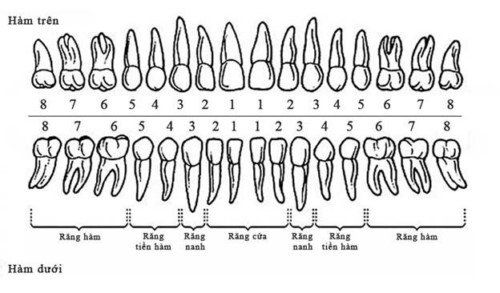
Thus, in order to calculate the chewing coefficient of someone, it is necessary to determine how many teeth that person has lost and which teeth, if one tooth is lost, the similar tooth of the opposite jaw will not be calculated. , because two teeth need to collide with each other to be able to eat, lose one tooth, the corresponding tooth also loses its effect, so the chewing coefficient also doubles. However, care should be taken in case of missing incisors, because the coefficients of the lower and upper incisors do not correspond to each other, so it is necessary to subtract according to the chewing coefficient of the corresponding missing teeth.
Specific examples:
A person who has lost tooth 36 is the lower left molar has a chewing coefficient of 5, the patient's chewing power not only loses 5% but must be counted as 10% loss, because tooth number 26 is also ineffective. Thus, the patient lost 10% chewing strength and the mastication coefficient was calculated as 90%. In case the patient lost 2 teeth, tooth number 36 and tooth 17. Tooth 36 is the lower left molar with a chewing coefficient of 5, loss of chewing power 5% x 2 = 10%, tooth 17 is the second molar on the side. must have a mastication coefficient of 5 and the corresponding tooth 47 in the lower jaw will also lose function, a total loss of 10% of chewing power. In total, patients who lost two teeth 36 and 17 lost a total of 20% of their chewing power and the mastication coefficient was calculated as 80%. In case the patient has lost tooth 11, corresponding to the right upper middle incisor has a chewing coefficient of 2, then the corresponding tooth 41 is the right lower middle incisor, which also lost function, this tooth has a chewing coefficient of 1. Thus, this patient will lose 3% of chewing power, the remaining chewing coefficient is 97%.
Trắc nghiệm: Thử hiểu biết của bạn về răng
Răng là bộ phận quan trọng, giúp một người sử dụng miệng để ăn, nói, cười và tạo hình dạng cho khuôn mặt của họ. Tuy nhiên, có những sự thật thú vị về răng mà có thể bạn chưa từng biết. Hãy cùng trả lời nhanh 9 câu hỏi trắc nghiệm sau để thử hiểu biết của bạn về răng.
Bài dịch từ: webmd.com
2. What affects the chewing ability of the jaw?
The chewing ability of a person is calculated based on the chewing coefficient, through which the factors that affect the chewing coefficient also affect the chewing ability of a person. According to the calculation of the coefficient of chewing, we know that the number of teeth affects the coefficient of chewing, or in other words, a person's ability to chew is affected when they lose teeth. In addition, a number of factors also affect chewing ability such as dental disease such as tooth decay, pulpitis, gingivitis ...When a tooth is lost, it not only directly affects the chewing ability of the jaw but also affects the chewing ability of the jaw. It can also cause some serious effects such as:
Displacement of teeth and misalignment of bite Loss of teeth not only reduces the ability to chew, affects the ability to chew normally, but also causes the phenomenon of misalignment of the teeth. remaining teeth in the jaw, bite disorder. The teeth are a unified whole that helps to support and balance each other on the jaw arch, support the distribution of chewing force and play different roles in the chewing process. When a tooth is lost, the tooth opposite the position of the missing tooth loses its support, and gradually emerges or hangs down in the direction of the missing tooth. This leads to affecting the natural bite of the jaw, affecting the chewing and biting activities, causing pain in the temporomandibular joint, jaw fatigue...
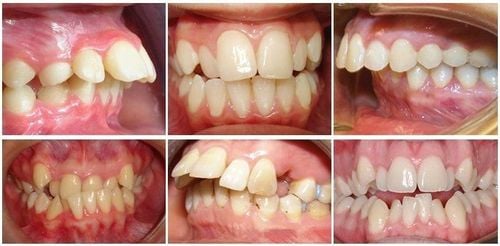
Alveolar bone loss After losing a tooth, the jawbone around the lost tooth socket begins to disappear due to the body's natural elimination of useless parts.
The jawbone has the main function of supporting the entire facial structure, chin and lips. The bone in the missing tooth area will quickly disappear, greatly affecting the aesthetics of the jaw and hindering future restoration. Alveolar bone loss changes the shape of the face, such as making the face look sunken, sagging facial skin, wrinkles will appear faster, the face looks older than age. In addition, alveolar bone loss also reduces the ability of the jaw to support, causing the jaw to reduce chewing force and feel looser.
In short, if one tooth is lost, it also means that there are two teeth on the jaw that are no longer able to chew and directly affect a person's ability to chew.
Above is all the information about the chewing ability of our teeth, for more knowledge about dental care.
Please dial HOTLINE for more information or register for an appointment HERE. Download MyVinmec app to make appointments faster and to manage your bookings easily.





